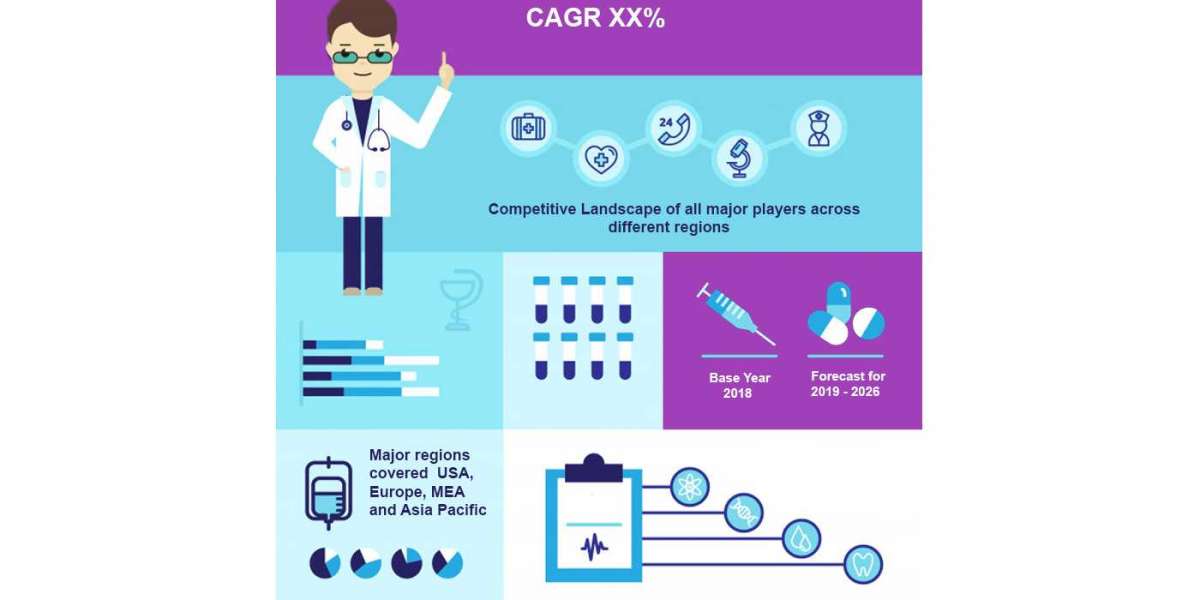1. Introduction
Big data and the Internet of Things (IoT) have become revolutionary forces in the field of technology, changing the way people interact with gadgets and data. While the Internet of Things (IoT) is a network of linked devices that communicate with one another to share data and enable automation, big data refers to the enormous volume of structured and unstructured data generated every day. Automobiles are becoming a central theme in this digital revolution as these technologies advance. Cars are becoming more than just vehicles; with the addition of sensors, GPS, and networking capabilities, they are becoming advanced data centers on wheels. This change puts automobiles in the epicenter of the Internet of Things movement, significantly influencing our networked future.
2. The Role of Big Data in Cars
Big data is transforming the automotive sector by improving user experience, safety, and vehicle performance. Automobiles are developing into networked data centers on wheels that gather a tonne of data about ambient factors, vehicle health, and driving habits. Real-time data analysis is done on this to maximize fuel efficiency, forecast maintenance requirements, and enhance overall driving pleasure.
Telematics systems that track and send information about the speed, position, and engine performance of a vehicle to manufacturers for repairs and enhancements are one example of how big data is used in automobiles. Sensor data is used by advanced driver-assistance systems (ADAS) to allow functions like adaptive cruise control and lane departure warnings. Connected vehicles collect data on traffic patterns and recommend alternate routes for faster travel times. These apps demonstrate how big data is turning automobiles into intelligent, effective machines that put performance and safety first.
3. Connectivity and Smart Features
The automobile sector is changing as a result of connectivity, which is turning cars into advanced smart gadgets. Cars are evolving into key nodes in the Internet of Things ecosystem by combining sensors and internet connectivity. Real-time data collection, analysis, and connection between automobiles, infrastructure, and other IoT devices are made possible by this progression.
Predictive maintenance is a significant advancement made possible by this connectedness. Cars can notify owners and service facilities of possible problems before they worsen by continuously monitoring performance indicators and vehicle components. This proactive strategy helps minimize downtime and improve maintenance schedules in addition to improving safety.
Connectivity is used by driver assistance functions to improve convenience and safety in cars. In order to give drivers the critical help they need in a variety of driving situations, technologies like automated emergency braking, adaptive cruise control, and lane-keeping assistance rely on real-time data interchange between the vehicle, sensors, and cloud services. Semi-autonomous and autonomous driving systems, which have the potential to completely transform transportation, are made possible by these attributes.
In linked autos, personalized services represent yet another frontier. Connected vehicles offer an unprecedented level of personalization to the driving experience, from personalized entertainment options based on user preferences to personalized routing suggestions including traffic data and personal habits. Cars are able to predict demands and provide pertinent services with ease by using information gleaned from customer behavior and outside sources.
After putting everything above together, we can say that the incorporation of connection into cars is bringing in a new era of smart mobility, in which vehicles act as smart hubs within the larger Internet of Things network. Personalized services accommodate individual preferences, driver assistance features improve safety and comfort, and predictive maintenance guarantees optimal vehicle health. Cars will remain at the center of the Internet of Things revolution, but we can expect even more sophisticated functions as big data drives innovation in the automotive sector.
4. Enhanced Safety and Efficiency
Enhanced Safety and Efficiency
In the realm of automobile technology, big data is essential for improving road safety and efficiency. Big data's ability to enable real-time monitoring and analysis offers previously unattainable insights into driver behavior and vehicle performance, ultimately raising the bar for overall safety. Rapid emergency or accident reaction times can be achieved by proactively identifying possible threats by utilizing the copious amounts of data gathered from sensors in cars and infrastructure.
Big data's ability to deliver actionable insights based on historical trends and real-time data has revolutionized traffic management and navigation systems. This facilitates more effective vehicle routing, which lessens traffic jams and improves traffic flow. Drivers can now receive dynamic route suggestions that take into account events that may affect journey time, weather forecasts, and actual road conditions thanks to the incorporation of big data analytics into navigation systems. In addition to saving time for individual drivers, this helps distribute traffic more evenly among the several routes.
Taking into account everything mentioned above, we can say that big data is transforming the automobile sector by supporting safety precautions with sophisticated monitoring tools and predictive analytics. The management and navigation of traffic is changing as a result of the application of data-driven insights, improving road efficiency. Future drivers should expect a safer and more efficient driving experience as a result of the growing potential for improving safety and streamlining transportation networks as automobiles become more and more integrated into the Internet of Things environment.
5. Future Implications
Big data will be essential to the development of automobiles in the context of the Internet of Things (IoT) in the future. The improvement of autonomous driving capabilities via sophisticated data analytics is one possible advancement. This might result in less traffic, safer roads, and more effective transit.
There will also be difficulties, such protecting the security and privacy of data in linked cars. As cars become increasingly networked, securing sensitive personal information from cyber threats will be important. To efficiently manage the enormous amount of data produced by smart cars and extract insightful information, a strong infrastructure and advanced algorithms are needed.
The integration of big data with IoT devices and automobiles presents numerous opportunities. Predictive maintenance can save costs for manufacturers and customers by detecting any problems before they arise. Based on unique tastes and behavior patterns discovered through in-depth data analysis, customized user experiences can be created.
As big data revolutionizes the automotive business, ethical issues must also be taken into account. Careful regulation is needed to address issues like consent for data collecting, usage transparency, and fairness in algorithms used for decision-making. This will guarantee that technological improvements serve society without violating privacy rights or feeding prejudices. In the Internet of Things era, establishing a responsible future for big data-driven autos would require striking a balance between innovation and ethics.
In the future, the IoT ecosystem's ability to combine big data with automobiles has the potential to completely transform transportation as we know it. We can create the conditions for a more effective, safe, and moral future in which smart cars improve people's lives and communities by carefully negotiating these obstacles and seizing possibilities.









